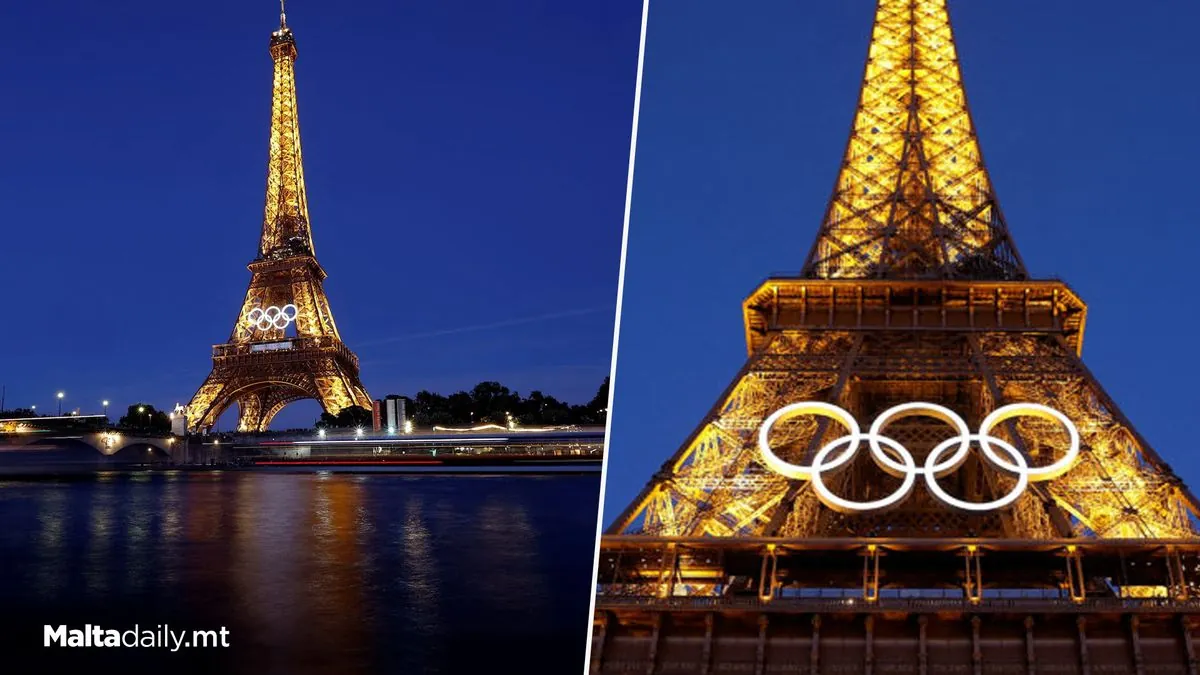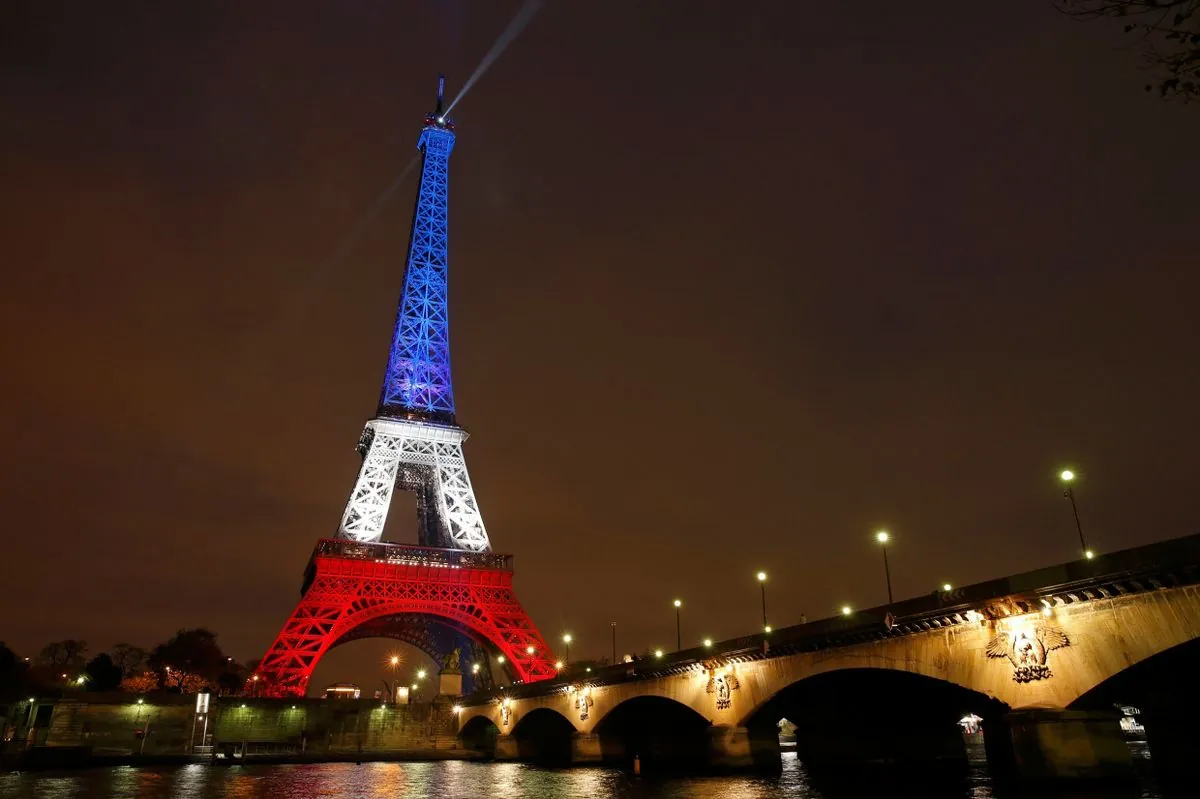Paris Mayor's Olympic Ring Proposal Sparks Eiffel Tower Controversy
Paris Mayor Anne Hidalgo's plan to keep Olympic rings on the Eiffel Tower faces opposition from Gustave Eiffel's descendants and critics, citing cultural and historical concerns. The proposal raises legal and logistical questions.

In the aftermath of the successful Paris Olympics, a proposal by Mayor Anne Hidalgo to retain the Olympic rings on the Eiffel Tower has ignited a debate about the iconic landmark's cultural significance and historical integrity. The plan, which aims to preserve the "festive spirit" of the Games, has met with resistance from various quarters, including the descendants of Gustave Eiffel, the tower's creator.
Olivier Berthelot-Eiffel, the great-great-great-grandson of Gustave Eiffel and president of the Association of the Descendants of Gustave Eiffel, expressed concern about altering the tower's essence. "You can't disfigure the Eiffel Tower by giving it a sense that isn't its own," he stated, marking the first time the family has publicly opposed such plans for the landmark.
The Eiffel Tower, originally constructed for the 1889 World's Fair, has a rich history of temporary displays and illuminations supporting various causes. These have ranged from environmental initiatives to social movements, often using creative lighting to convey messages. However, the proposal to permanently affix the Olympic rings represents a departure from this tradition of temporary installations.

While other Olympic host cities have displayed the rings on landmarks, such as London's Tower Bridge in 2012 and the Sydney Harbour Bridge in 2000, these were removed after the events concluded. The International Olympic Committee (IOC) maintains strict control over the use of Olympic symbols, adding another layer of complexity to Hidalgo's proposal.
The mayor argues that the city's ownership of the Eiffel Tower should facilitate the plan's implementation. However, critics, including political opponents, have accused Hidalgo of attempting to score political points ahead of the 2026 mayoral election. The debate has also sparked a public petition against the proposal, gathering over 42,000 signatures.
Eiffel's descendants have suggested alternative locations for the rings, such as the Champ de Mars garden or near Paris City Hall. They emphasize their "right and duty to make sure the monument is protected and kept in its integrity," as stated by Savin Yeatman-Eiffel, another great-great-great-grandson of the engineer.
Legal experts point out potential complications, noting that the Olympic rings, as an IOC trademark, could be considered advertising, which is generally prohibited on historical monuments. The proposal may also face challenges based on legislation allowing Eiffel's heirs to oppose changes that undermine the structure's integrity.
"We're not changing the structure of the Eiffel Tower. We're just affixing a symbol. It's not brand promotion. It's a powerful symbol."
As the debate continues, it's worth noting some fascinating facts about the Eiffel Tower. The structure was initially intended to be temporary and was almost demolished in 1909. It grows up to 6 inches taller during summer due to thermal expansion and requires repainting every seven years, using 60 tons of paint. The tower has played various roles throughout history, including serving as a military observation post during World War I.
Public opinion on the matter remains divided. While some Parisians support keeping the rings as a reminder of the Olympic spirit, others believe it's time for the tower to return to its original state. As the city awaits the results of the IOC's feasibility study, the controversy surrounding this iconic symbol of Paris continues to evolve, balancing the desire to commemorate a historic event with the need to preserve architectural heritage.


































